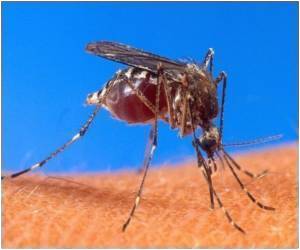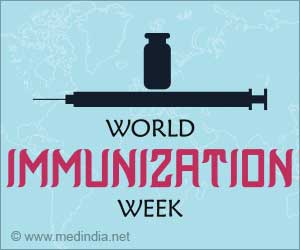The efficacy of using new strategies for malaria vector control was studied in certain insecticide- resistant areas in Africa in an attempt to reduce malaria prevalence and to bring about better management of the disease.
A lot of effort and international funding is being directed towards the control and elimination of malaria. Nevertheless the disease remains an issue of major public health concern, as the efforts to control and eliminate malaria in Africa are being challenged by the development of resistance by the parasites to antimalarial drugs.It has been estimated globally that there are nearly 216 million cases of malaria per year with about 655 000 deaths, 86% of whom are children below the age of 5 years.
The World Health Organization (WHO Global Malaria Programme-Roll Back Malaria [RBM] Partnership) has issued a few recommendations to fight malaria. Their methods include artemisinin-based combination therapy, long-lasting insecticidal nets (LLIN), indoor residual spraying of insecticide (IRS) besides intermittent preventive treatment during the pregnancy period. A combination of insecticide is employed in the combined use of IRS and LLIN. This has not only helped to check malaria effectively but is also capable of delaying the emergence of insecticide –resistant strains of the vector.
In just two years, between 2008 and 2010, approximately 289 million insecticide-treated mosquito nets were distributed in sub-Saharan Africa; this number was enough to protect 578 million people. Additionally, nearly 81 million people, representing 11% of the population at risk, were also protected by IRS.
It was observed that such management strategies brought about a reduction in the incidence of malaria in areas with moderate to high prevalence in the sub Saharan regions. However of late a spurt in the incidence was observed in some African countries and this points a finger at the fragility of the malaria- control programs employed in these high risk zones.
The main goal of malaria vector control is to bring down the vector capacity of local mosquito populations below the critical threshold number required to achieve a malaria reproduction number below one. Unfortunately, the present control methods employed, (LLIN and IRS) are extremely dependent on just a single class of insecticides--the pyrethroids.
The present study aims to find out if the use of both LLIN plus IRS or LLIN plus carbamate-treated plastic sheeting [CTPS] offered better control of malaria and decreased pyrethroid-resistance in malaria vectors compared to a selective usage of LLIN, in children younger than six years. It also aims to find out if the universal coverage of LLIN could afford better protection against malaria by exerting a mass killing effect than would selective coverage.
Inclusion criteria for children were age between 0-71 months and domicilliation in these villages. A random sample of children was obtained from each village. Follow up was done on 413-429 children in each intervention group for 18 months. They were of the same age group and sex ratios.
Study investigators and children were not masked to treatment allocation.
Active checking for malaria episodes was done on children during 12 periods of 6 consecutive days at six weekly intervals. A nurse collected data and blood from sick children and everything was supervised by a doctor. Children were treated depending upon the clinical diagnosis made.
During the period from Jan 14, to Dec 24, 2009, mosquitoes were collected every 6 weeks through eight surveys of 2 consecutive days and examined for morphology and parity rates. Heads and thoraces of anopheline female mosquitoes were tested to detect Plasmodium falciparum circumsporozoite protein (CSP) through the ELISA test.
An attempt was made to see if new strategies would help control malarial incidence in endemic, pyrethroid –resistance areas. The study revealed that there was no added benefit in using a combination of vector control interventions. The trend was the same with regard to the parasite density and prevalence of asymptomatic infections. The insecticide combinations could not stop the evolution of kdr allele in Anopheles gambiae s.s in comparison to LLIN treatment.
The rapid evolution of the kdr allele which contributed to resistance in malaria vectors, the short-term activity of the carbamate used in IRS treatment, and the overall behavioral transformation in the vector populations in response to the various treatments are all causative factors that contributed to the lack of treatment effect.
There are several other factors too that have influenced the outcomes, including access to diagnosis and treatment and the effective use of vector control intervention.
The above results could be an obstacle to the ongoing malaria elimination programs in Africa.
Reference:
“Combination of malaria vector control interventions in pyrethroid resistance area in Benin: a cluster randomised controlled trial”; Dr.Vincet Corbel et al; The Lancet Infectious Diseases 2012
Source-Medindia











